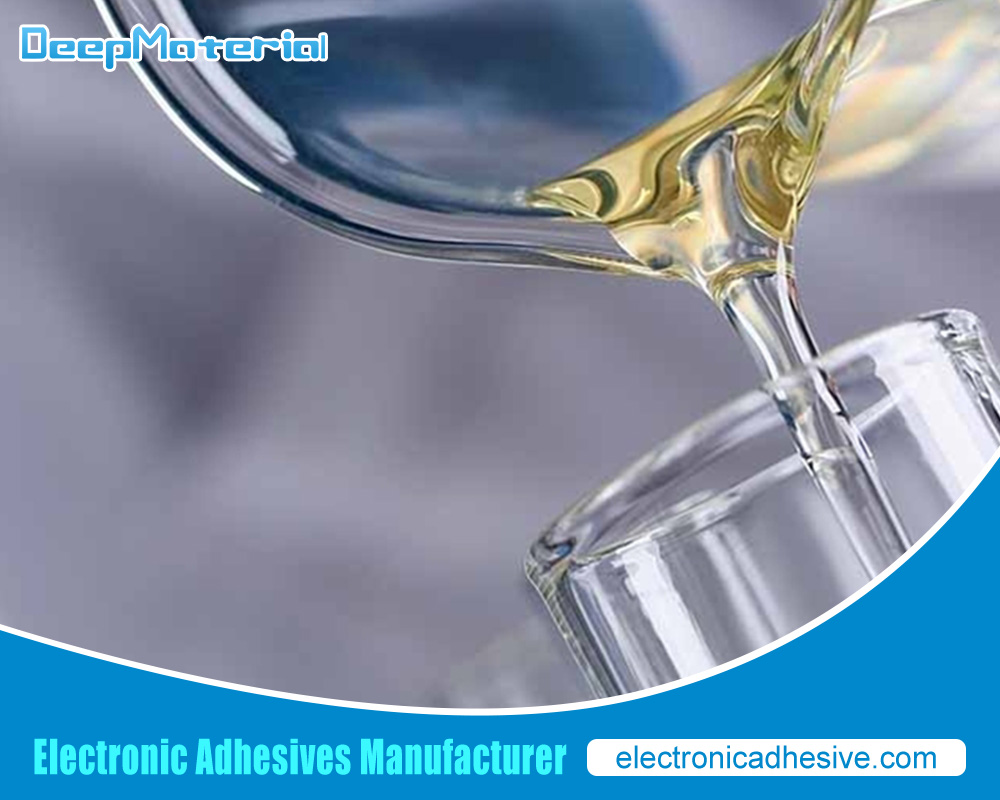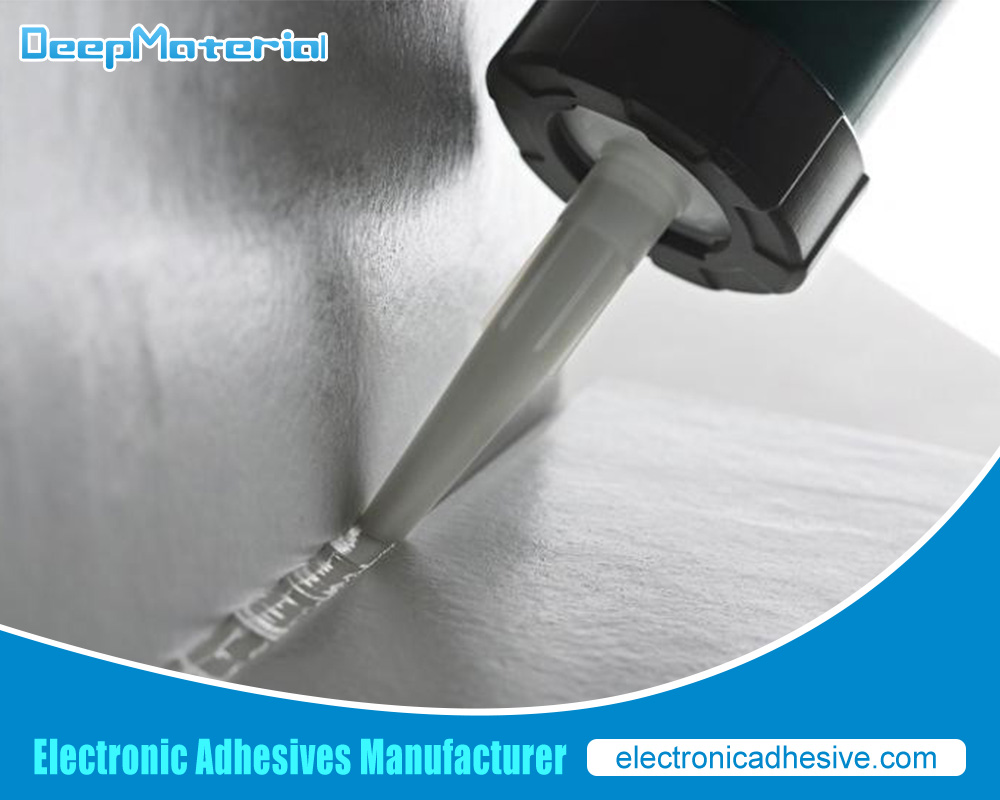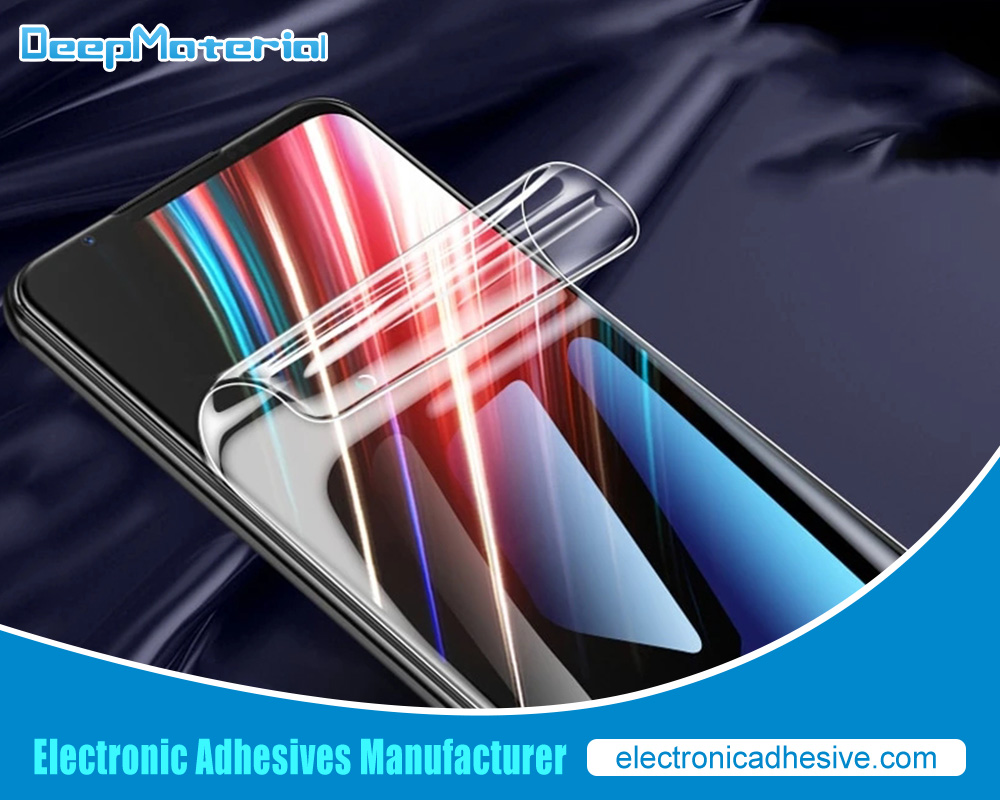Understanding Electronic Epoxy Encapsulant Potting Compounds
Understanding Electronic Epoxy Encapsulant Potting Compounds
Electronic epoxy encapsulant potting compounds play a crucial role in the electronics industry. These materials protect electronic components from environmental factors, enhance their durability, and ensure reliable performance. This article delves into electronic epoxy encapsulant potting compounds, exploring their composition, applications, benefits, and future trends.
What Are Electronic Epoxy Encapsulant Potting Compounds?
Composition and Types
Electronic epoxy encapsulant potting compounds are specially formulated materials to encapsulate electronic assemblies. These compounds typically have two main components: an epoxy resin and a hardener. These components undergo a chemical reaction when mixed, resulting in a complex, durable, insulating material. The key types of epoxy potting compounds include:
- Thermally Conductive Epoxy Potting Compounds:These are designed to dissipate heat generated by electronic components, preventing overheating and enhancing the longevity of the devices.
- Flame Retardant Epoxy Potting Compounds:These compounds are formulated to resist ignition and prevent the spread of flames, making them ideal for applications where fire safety is paramount.
- UV Resistant Epoxy Potting Compounds:Used in outdoor applications, these compounds can withstand prolonged exposure to ultraviolet light without degrading.
- Chemical Resistant Epoxy Potting Compounds:These offer protection against chemicals, solvents, and other corrosive substances, ensuring the longevity of electronic components in harsh environments.
Curing Process
The curing process of epoxy potting compounds is critical to their application. The process involves the chemical reaction between the epoxy resin and the hardener, resulting in a solidified material. Curing can occur at room temperature or can be accelerated by applying heat. The choice of curing method depends on the specific requirements of the application, such as the desired cure time and the thermal stability of the components being potted.

Applications of Epoxy Encapsulant Potting Compounds
Consumer Electronics
In consumer electronics, epoxy potting compounds protect delicate components from moisture, dust, and mechanical shock. These compounds safeguard integrated circuits and other sensitive parts in smartphones and tablets, ensuring reliable performance and longevity.
Automotive Industry
The automotive industry relies heavily on epoxy potting compounds for various applications, including electronic control units (ECUs), sensors, and lighting systems. These compounds provide the necessary protection against harsh environmental conditions, such as extreme temperatures, vibration, and exposure to chemicals, ensuring the reliability and safety of automotive electronics.
Aerospace and Defense
In aerospace and defense applications, epoxy potting compounds protect critical electronic systems from extreme conditions, including high altitudes, temperature fluctuations, and radiation exposure. These compounds ensure the reliable operation of avionics, communication systems, and other essential equipment in demanding environments.
Industrial Electronics
Industrial electronics, such as control systems, power supplies, and motor drives, often operate in harsh conditions. Epoxy potting compounds provide robust protection against moisture, chemicals, and mechanical stress, enhancing the durability and performance of industrial electronic components.
Renewable Energy
Epoxy potting compounds are used in the renewable energy sector in solar panels, wind turbines, and energy storage systems. These compounds protect electronic components from environmental factors, ensuring renewable energy systems’ efficient and reliable operation.
Benefits of Using Epoxy Encapsulant Potting Compounds
Environmental Protection
One of the primary benefits of epoxy potting compounds is their ability to protect electronic components from environmental factors. By encapsulating components in a durable, moisture-resistant material, these compounds prevent corrosion, moisture ingress, and contamination, thereby enhancing the longevity and reliability of electronic devices.
Thermal Management
Thermally conductive epoxy potting compounds play a crucial role in managing the heat generated by electronic components. By dissipating heat away from critical parts, these compounds prevent overheating and ensure stable performance, particularly in high-power applications.
Mechanical Stability
Epoxy potting compounds provide mechanical stability by encapsulating components in a rigid material. This protection is essential in applications subject to vibration, shock, and mechanical stress, such as automotive and industrial electronics. The added mechanical stability ensures the integrity and performance of the encapsulated components.
Electrical Insulation
Epoxy potting compounds offer excellent electrical insulation, preventing short circuits and electrical failures. This is particularly important in high-voltage applications, where the insulation provided by these compounds ensures the safe and reliable operation of electronic systems.
Customization and Versatility
Epoxy potting compounds can be customized to meet specific application requirements. Manufacturers can adjust the formulation to achieve desired properties, such as thermal conductivity, flexibility, and chemical resistance. This versatility makes epoxy potting compounds suitable for various applications across various industries.
Future Trends in Epoxy Encapsulant Potting Compounds
Advances in Material Science
Ongoing research and development in material science drive advancements in epoxy potting compounds. Innovations in nanotechnology, for instance, lead to the development of epoxy compounds with enhanced thermal conductivity, mechanical strength, and electrical insulation properties. These advancements are expected to broaden the application scope of epoxy potting compounds and improve the performance of electronic devices.
Sustainable and Eco-Friendly Solutions
The growing emphasis on sustainability and environmental responsibility influences the development of epoxy potting compounds. Manufacturers are exploring eco-friendly formulations that reduce environmental impact and improve recyclability. Bio-based epoxies and compounds with reduced volatile organic compound (VOC) emissions are emerging trends in this field.
Integration with Advanced Technologies
Integrating epoxy potting compounds with advanced technologies, such as 3D printing and additive manufacturing, opens new possibilities in electronic encapsulation. These technologies enable the precise application of epoxy compounds, allowing for complex geometries and customized encapsulation solutions. This integration is expected to enhance the efficiency and performance of electronic devices.
Enhanced Reliability for Emerging Applications
The demand for reliable electronic encapsulation solutions grows as new applications and technologies emerge. Epoxy potting compounds are being developed to meet the specific needs of emerging applications, such as electric vehicles, 5G communication systems, and Internet of Things (IoT) devices. These compounds offer the protection and performance characteristics required for these advanced technologies.
Improved Process Efficiency
Efforts to improve the efficiency of the potting process are ongoing. Innovations in curing technologies, such as UV-curable epoxies and fast-curing formulations, reduce processing times and enhance productivity. These advancements are particularly beneficial in high-volume manufacturing environments, where speed and efficiency are critical.
Challenges and Considerations
Compatibility with Components
One of the challenges in using epoxy potting compounds is ensuring compatibility with the encapsulated components. Some electronic components may be sensitive to the chemicals in epoxy formulations, leading to potential damage or performance issues. Careful selection and testing of epoxy compounds are essential to avoid compatibility problems.
Processing Conditions
The processing conditions for epoxy potting compounds, such as mixing ratios, curing times, and temperatures, must be carefully controlled to achieve optimal results. Deviations from recommended processing parameters can lead to incomplete curing, reduced performance, and potential defects. Manufacturers must adhere to precise processing guidelines to ensure the quality and reliability of encapsulated components.
Cost Considerations
While epoxy potting compounds offer numerous benefits, they can also add to the overall cost of electronic assemblies. The cost of materials, processing equipment, and labor must be considered when implementing epoxy potting solutions. Balancing the benefits of enhanced protection and performance with the associated costs is an essential consideration for manufacturers.
Regulatory Compliance
Manufacturers must ensure their epoxy potting compounds comply with relevant regulations and industry standards. This includes considerations for safety, environmental impact, and performance. Adhering to regulatory requirements is essential for ensuring the acceptance and reliability of encapsulated electronic components in various markets.

Conclusion
Electronic epoxy encapsulant potting compounds are indispensable in the electronics industry. They provide essential protection and performance enhancements for a wide range of applications, from consumer electronics to automotive, aerospace, industrial, and renewable energy sectors. These compounds ensure the reliability and longevity of electronic components in diverse environments.
As technology advances, the development of epoxy potting compounds will evolve to meet the demands of emerging applications and environmental considerations. Innovations in material science, sustainable solutions, and advanced manufacturing techniques are expected to drive the future of epoxy potting compounds, further enhancing their capabilities and expanding their application scope.
Understanding the benefits, applications, and future trends of electronic epoxy encapsulant potting compounds is crucial for manufacturers and engineers seeking to optimize the performance and durability of electronic devices. By staying informed about the latest advancements and best practices in this field, stakeholders can ensure the successful implementation of epoxy potting solutions in their respective industries.
For more about understanding electronic epoxy encapsulant potting compounds, you can pay a visit to DeepMaterial at https://www.electronicadhesive.com/ for more info.










